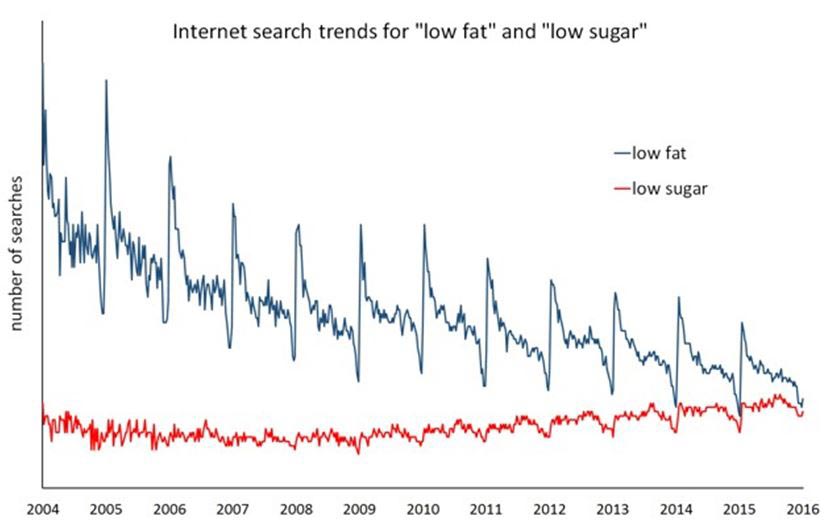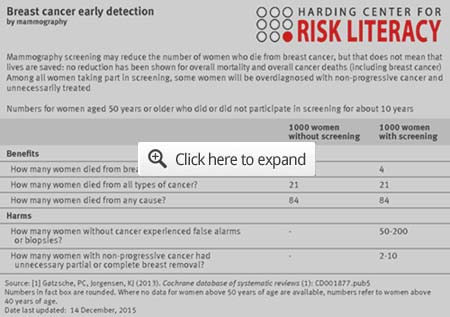The root cause of
cancer no one knows (It’s been hidden since 1930’s)
Most people think that DNA damage is what
causes a cell to be cancerous. While it
is true that cancer cells may have DNA damage, it is highly unlikely that DNA
damage can cause any cell to become cancerous. In fact, the DNA damage is
a result of the true cause cancer.
So let us discuss what really causes cancer.
There
have been many discoveries about cancer in the past 125 years.
For example, William Russell (1852-1940), in
1890, discovered that there are microbes inside and outside of cancer cells. Later
it was discovered that the microbes inside cancer cells were “pleomorphic,”
that is, they changed shapes and sizes depending on the pH inside the cancer
cells.
In
1931, the Nobel Prize in Medicine was awarded to Otto Warburg for his discovery
in determining that the defining characteristic of cancer cells was low “ATP
energy” (ATP is made inside the mitochondria of cells and is called “adenosine
triphosphate”).
In
1930, it was proven that if the microbes inside the cancer cells are killed,
the cancer cells will REVERT into normal cells. This discovery was made
by Dr. Royal Rife, a microbiologist who developed the use of “harmonic
frequencies” to vibrate the microbes until they “exploded” and died. Rather
than winning a Nobel Prize for his discovery, Dr. Rife’s lab and inventory were
destroyed by the combined consensus of the Food and Drug Administration (FDA)
and the American Medical Association (AMA).
So why was Dr. Rife shut down? It was because his
discoveries led to a 100% cure rate amongst his cancer patients. See www.rifevideos.com. This might seem strange to most
readers. Why would a cancer researcher be shut down for curing cancer? It is assumed that conventional medicine and
the pharmaceutical industry are diligently looking for the cures for
cancer. Nothing could be further from the truth. What they are looking for are massive,
massive profits selling their patented chemicals (i.e. drugs). Curing cancer is not on their agenda since
that would cut into their profits.
So what
exactly is the purpose of the Food and Drug Administration? The FDA is
the “private police force” of the pharmaceutical industry. Their primary
objective is to make sure that the profits of the pharmaceutical industry are
protected, even if that means shutting down those who know how to cure cancer,
such as Dr. Rife. It is all about patents. Drugs made by the
pharmaceutical industry can be patented. Frequency wave forms and
molecules in Mother Nature cannot.
Patents are the main drivers of the war against natural medicine
by the pharmaceutical industry, the FDA and the AMA. They are all “in
bed” together.
The media is also part of this conspiracy. Medical doctors
are intentionally glorified on television shows and advertisements manipulating
the unwell to head for the doctor’s office.The modus operandi of
the media can be summarized by a person who was an expert in understanding
propaganda techniques, namely Stalin. "BRAINWASHING"
“No one understood better than Stalin that the true object of
propaganda is neither to convince nor even to persuade, but to produce a
uniform pattern of public utterance in which the first trace of unorthodox
thought immediately reveals itself as a jarring dissonance.”
~ Alan Bullock, in Hitler and Stalin: Parallel Lives
When a
person is diagnosed with cancer, they cannot run fast enough to their nearest
oncologist. The media has done their job well.
So, even though researchers seeking natural cures for cancer
today know much more about the disease than in the 1930’s, very few patients start their treatment with
natural medicine. The scientists at the
Independent Cancer Research Foundation (ICRF) – a non-profit foundation
investigating natural medicine – are the ones who discovered how the microbes
inside cancer cells were partially blocking the ATP energy, as discussed below.With
this knowledge, they developed more than 25 natural cancer treatments targeting
and killing the microbes inside cancer cells (as Dr. Royal Rife did), thus
reverting them into normal cells.
They also use a new technological device, inspired by Dr. Rife’s
equipment, which kills the microbes inside the cancer cells, known as the “High
RF Frequency Device” according to the Cancer Tutor website (www.cancertutor.com).
The Cancer Tutor website is the main ICRF website.
How Microbes Inside Cancer Cells Cause Cancer
So, let’s talk about how microbes inside the cancer cells
partially block the production of ATP energy. This is the key to
understanding many new cancer treatments.
First of all, let us look at what causes the ATP energy to be
created in a healthy cell.
Step 1: In a
normal cell, glucose receptors allow glucose inside the cell.
Step 2: In a
10-step chemical chain reaction this glucose is converted into pyruvate.
Step 3: The
pyruvate enters into the cell’s mitochondria (every cell has thousands of
mitochondria).
Step 4: The
pyruvate is at the beginning of a chain reaction called the “Citric Acid Cycle”
or “Krebs Cycle.”
Step 5: About
half-way through the Citric Acid Cycle, a second chemical chain reaction begins
called the “Electron Transport Chain.”
These two cycles create most of the ATP energy in the cells.
Here is the key.
Cancer cells have more glucose receptors than normal cells and 15 times more
glucose than normal cells, though the microbes intercept most of the
glucose. So, even though a cancer cell has far more glucose than a normal
cell, less of this glucose gets inside its mitochondria than in a normal cell.
Thus, a cancer cell has lower ATP energy because it has less
pyruvate and it has less pyruvate because it has less available glucose.
Does DNA Damage Cause Cancer?
So let us talk about why cancer cells may have DNA damage.
The Virginia Livingston team of natural medicine cancer researchers discovered
that one or more of the microbes inside the cancer cell penetrate the
cell nucleus (where the DNA is located).
The DNA of the cancer microbes may “mix” with the DNA of the
cell and modify the DNA of the cancer cell, causing DNA damage. This is
the basis of “gene therapy” in conventional medicine.But DNA damage is not what
causes the cell to be cancerous. It is only a symptom of the presence of
the microbes. Cancer researchers, such
as the American Cancer Society, are trying to fix the DNA damage. This is
a total waste of time! But it convinces the general public that they are
“looking for” a cure for cancer, when in fact they have no intention of
“curing” cancer. Had they hired one of the ICRF cancer researchers they
could have 25 cures for cancer in one week!
Many of the conventional cancer “research” organizations do a good job
of pretending to look for cures for
cancer, but in fact they have no interest in curing cancer at all.This is the
key: by killing the microbes inside the cancer cells, Dr. Rife was able to
prevent the microbes from blocking the ATP energy. Once the microbes were
dead, the cancerous cells were able to access their ATP energy and “reverted”
into normal cells again! The ICRF
researcher who discovered how microbes block the ATP energy also developed
about 25 different ways to kill these microbes while they are inside the cancer
cells (the microbe is actually a bacteria –Helicobacter Pylori) thereby reverting the
cancer cells into normal cells.
Here is one example of how the bacteria inside the cancer cell are
killed. Let us consider the “honey and turmeric” protocol, which is part
of the Dirt Cheap Protocol (that is its real name because so many cancer
patients cannot afford some of the natural cancer treatments) on the Cancer
Tutor website.
Cancer cells have more glucose receptors than normal cells and
thus are attracted to honey.
To some degree, honey can kill the microbes inside the cancer cells, but it is
far more effective to mix the honey with turmeric (or some other herb which
kills microbes) to eradicate these microbes.
Therefore honey becomes a “Trojan Horse” to get the turmeric inside. Three different studies show that turmeric
is the most effective herb at eliminating Helicobacter
Pylori and the
cells are reverted into normal cells. The
Dirt Cheap Protocol includes over a dozen other techniques that are
synergistic with honey and turmeri8c because they are also designed to target and kill the microbes
inside the cancer cells.The Dirt Cheap Protocol12 can be found on the Cancer Tutor website (www.cancertutor.com) along with several other natural
cancer treatments.
In addition, the Royal Rife technology, which also reverts
cancer cells into normal cells, has been replicated and improved upon. On
the Cancer Tutor website, the “High RF Frequency Protocol” is automated and
performs everything the original Rife frequency generators did and much more. In
conclusion, natural medicine researchers use traditional methods (e.g. carrot
juice with a little beet juice mixed in) as well as state-of-the-art
technologies as a cure for cancer. There
are many natural medicine cancer clinics, some run by MD's who switched to
natural medicine.
Further information can be found on the Cancer Tutor website.






